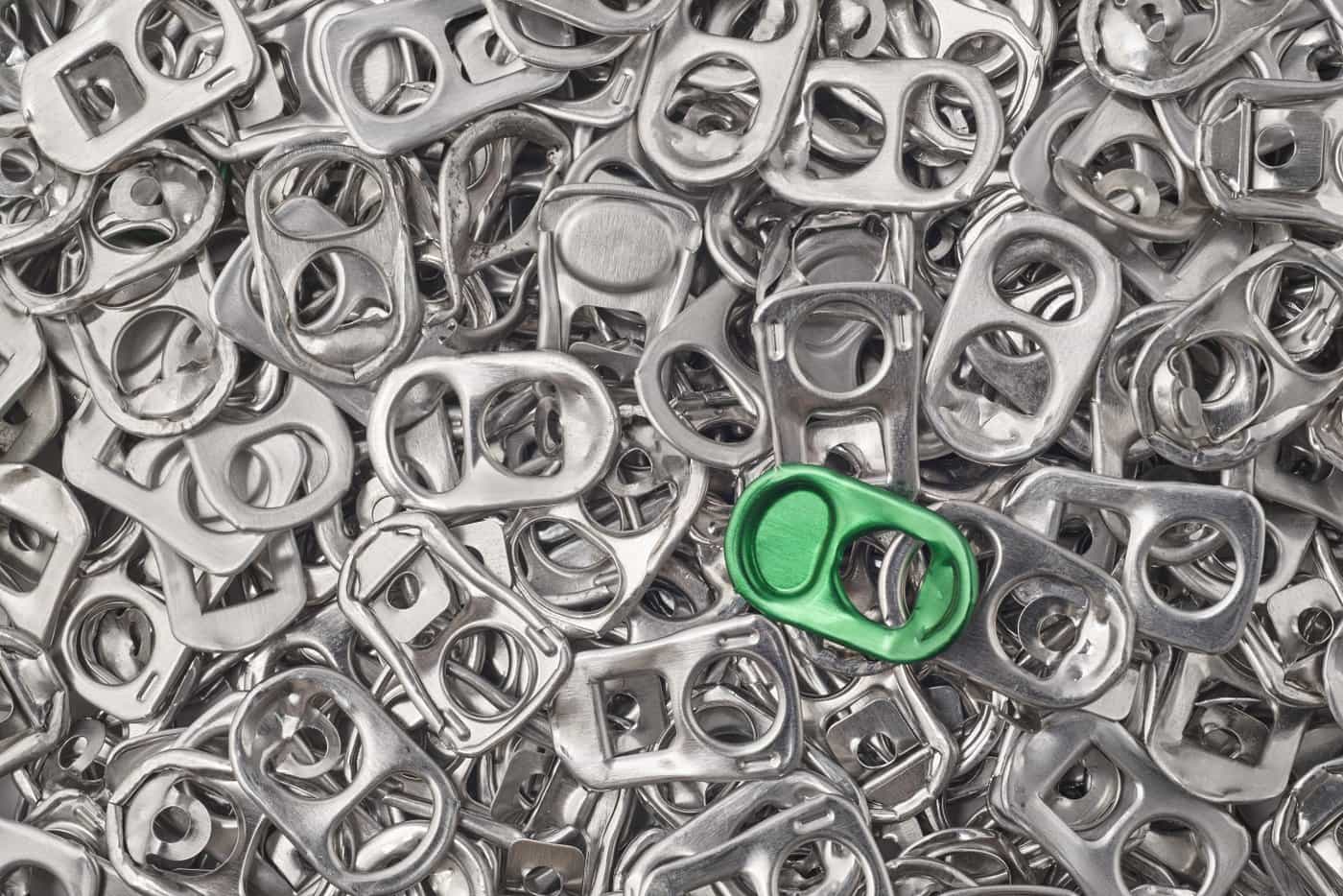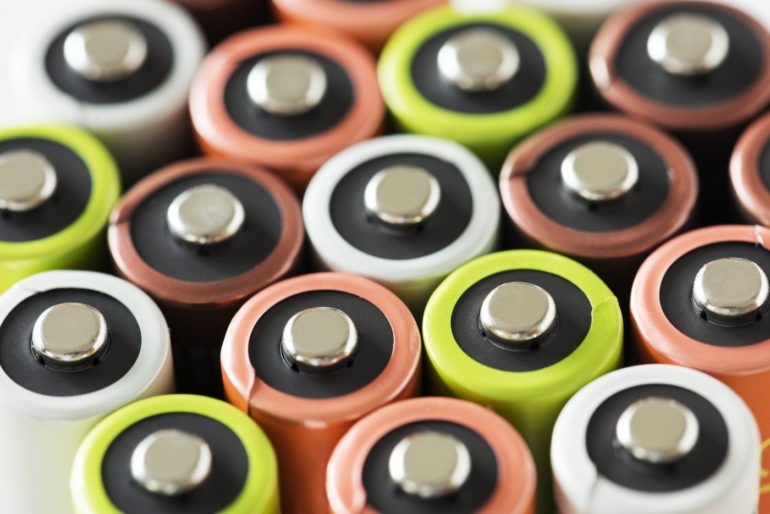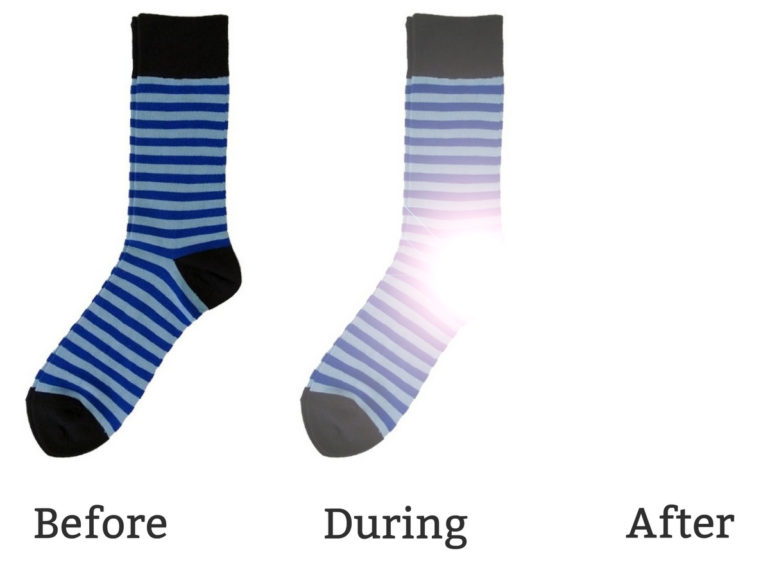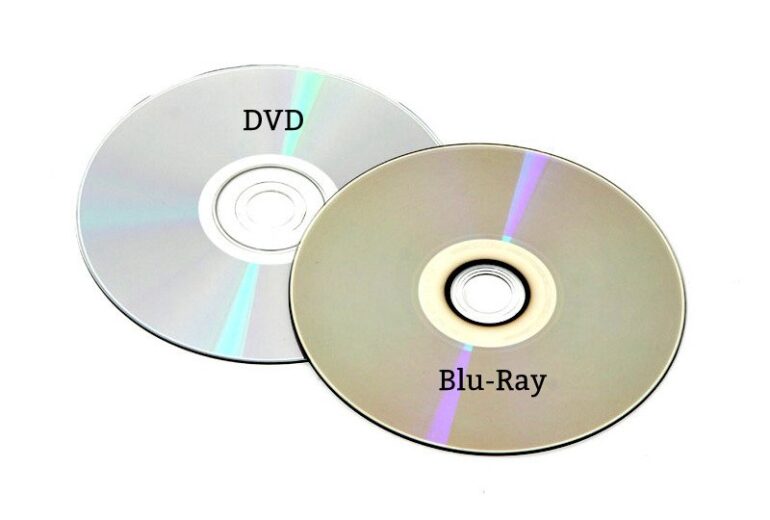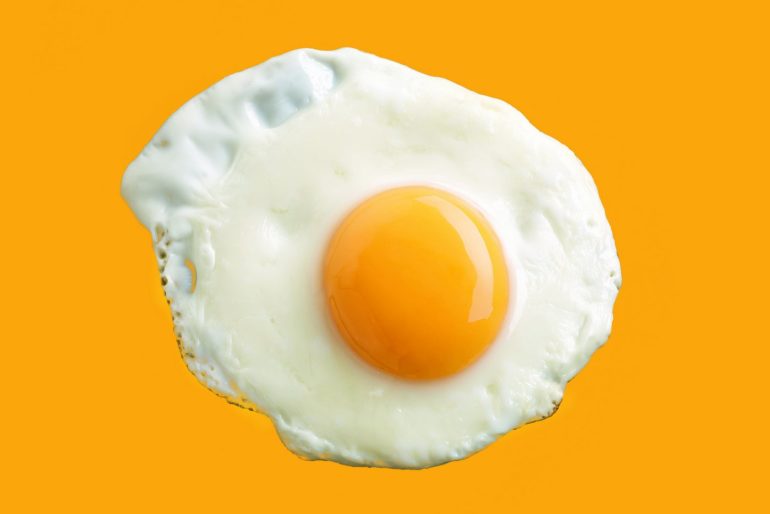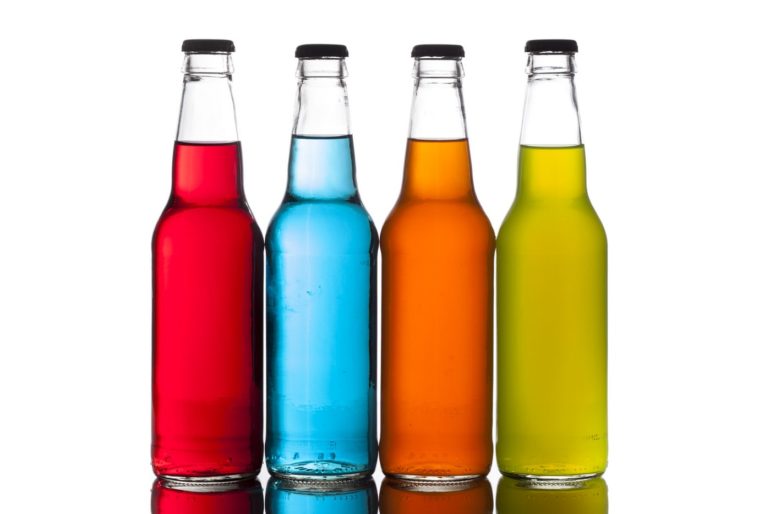How is aluminum recycled?
If you go through soda or beer like it’s going out of style, you probably end up putting a lot of cans in your recycling bin every week. So what happens next? How are the old aluminum cans recycled?
A can-do attitude
Once considered more valuable than gold, these days you can find aluminum everywhere. They’re in everything from jumbo jets to bicycles, used to cover your leftovers and keep your soda fresh, it’s hard to imagine life without the stuff.
However, the mining and refinement of aluminum is still a costly process, both in terms of money and energy, and as a result roughly 37% of all aluminum produced in the US comes from recycled scrap.
This only makes sensible, considering it only takes about 5% as much energy to recycle it, as opposed to extracting it from ore. In fact, aluminum cans can be recycled over and over again — what’s called a “closed loop” recycling process.
So, let’s take a look at what happens after you’ve polished off the last of that 12-pack.
How is aluminum recycled?
Whether you return your cans for a deposit, have them picked up curbside, or bring them to the recycler yourself, the process is the same.
The cans are transported from their various collection facilities to a regional scrap processing center. The cans are then crushed, either into 30-pound bricks or 1,200-pound bales, to make them easier to transport in large quantities back to various aluminum companies, who buy back the scrap.
Once there, crushed cans are then shredded, crushed again, and all the decorations inside and out are burned off.
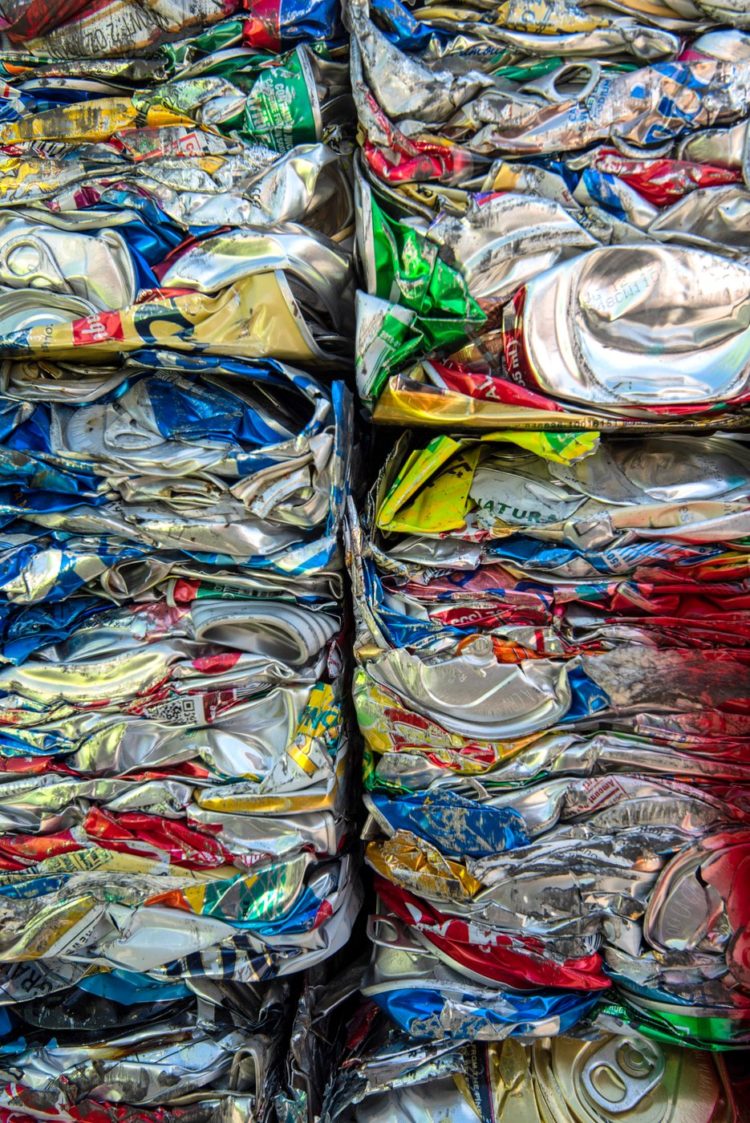
The shredded bits are then dumped into a melting furnace, where they are mixed with fresh aluminum.
From there, the refreshed molten metal is poured into massive ingots — pure aluminum blocks ready to be used as raw material. (How massive are they? The Aluminum Association says that these ingots are typically 6 feet wide, 20 feet long, and more than 2 feet thick.)
The ingots can go on to become anything — from part of a car to a spacecraft fuel tank, and a million smaller things in between.
But, assuming they are to become cans again, the ingots are fed into rolling mills, which reduce the thickness of the metal into a sheet about 1/1ooth of an inch thick — about as wide as a human hair.
The sheeting is coiled and shipped out to can makers… who then make the cans that will eventually (hopefully!) be recycled again.
This whole loop — from being a full can, through recycling, to refilling, then returning to grocery store shelves — can be completed in as little as two months.
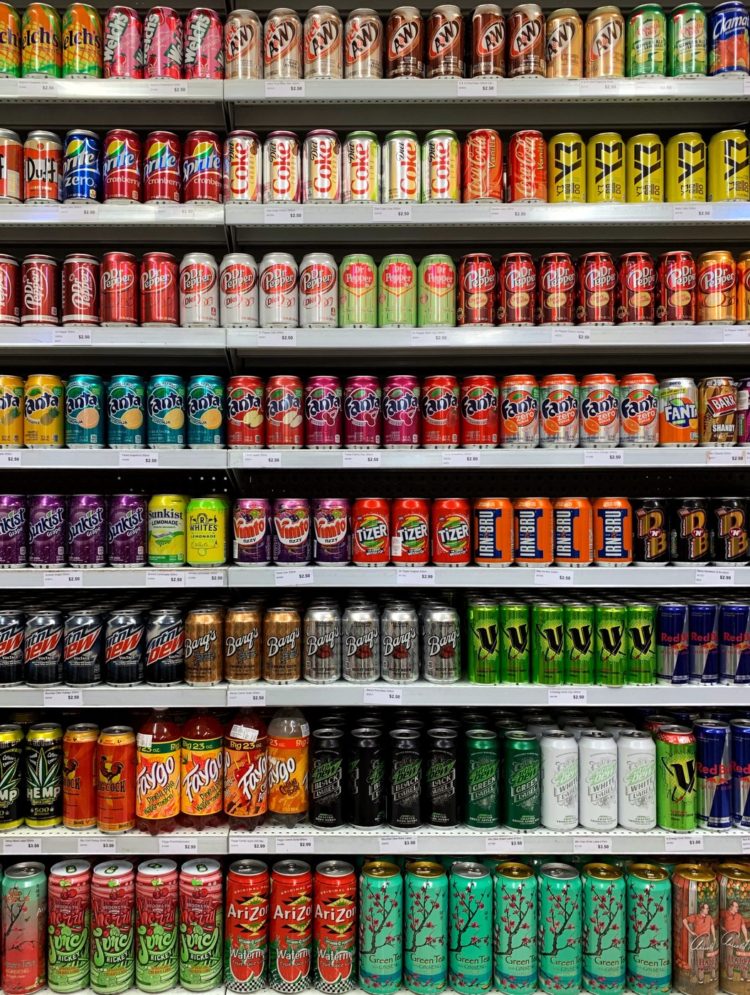
But that’s not all
Cans aren’t the only aluminum product that can be recycled, of course — and while it’s hard to imagine a 747 ending up in shredded little pieces and being melted down, it happens. It just takes longer.
The same is true of aluminum engine blocks and wheels from cars, and other industrial uses for the metal. Almost all of it can be melted back down and reused in a new way.

